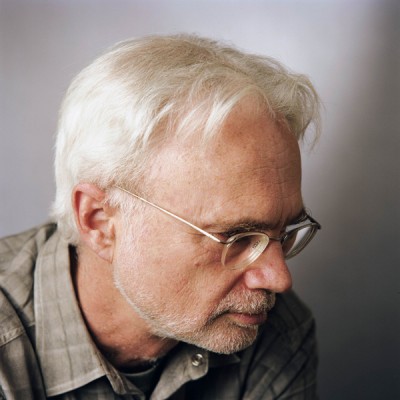
Adams concerto brings saxophone into the concert hall
It’s Art Basel week, and amid all the interest from the outside world, as well as the tremendous amount of art by creators from outside the country, there are a number of local shows in which Miami and South Florida artists are drawing attention to their work, hoping to be seen in the middle of all the hubbub.
It’s also a good time for marquee events, and so the New World Symphony on Saturday night brings us the American composer John Adams, a regular guest in Miami Beach, who will lead a program of music that includes his own Saxophone Concerto, Stravinsky’s Symphony in Three Movements, Copland’s El Salón México, and Try, a piece written in 2011 for the Los Angeles Philharmonic by the young American composer Andrew Norman.
In seeing Adams, audience members are seeing one of the most important composers of our day, a writer whose shorter orchestral works (A Short Ride in a Fast Machine, Shaker Loops) and piano music (Phrygian Gates) are popular with presenters and listeners, and whose operas, particularly Nixon in China, are steadily attempted. He is also a fine writer of prose, and in the closing pages of his 2008 memoir, Hallelujah Junction, he had this to say about the state of classical composition today:
“The future for new music, not only in the United States but elsewhere, looks remarkably promising. The so-called ‘millennial generation,’ people born in the 1980s, appears to be full of young composers for whom the 20th century is already the past, and who seem to be blessedly free of the partisan orthodoxies and prejudices that dominated my generation.”
I think he’s absolutely right, and in the six years since that was written, there’s been a boatload of new musical evidence to back that up. Composers write whatever they want to these days, confident that any niche they occupy will be able to find favor with some audience through the miracle of digital technology.
The Saxophone Concerto (which you can see here in a performance from September by Timothy McAllister and the BBC Symphony during the Proms concerts) draws on the heritage of the saxophone as it has been used in popular music, but also makes a cogent case for it as a classical instrument, which was the whole intention of Adolphe Sax when he invented it as way to boost the sound of French military bands.
Timothy McAllister.
Although you can hear subtle references to jazz in this concerto, the piece doesn’t attempt to bring the dance club into the concert hall. It’s a classical composition, hugely demanding and energetic, written in a musical language that’s contemporary but accessible. It probably has a strong future as a work ambitious classical saxophonists will want to feature on the road, and in writing it, Adams has likely enlarged the instrument’s repertory.
McAllister, the performer for whom the concerto was written, will be the soloist Saturday night, and as the video demonstrates, he has a lovely alto saxophone sound and a thorough mastery of this difficult solo part. He’s featured on the Nonesuch recording of this music that came out in May (along with Adams’ City Noir), and he’ll be going on tour with Adams next year in Asia.
So if you get a chance during your tours of big art, head over to the New World Center for a night of important new American music, led by one of its leading figures. It seems like a good way to make the case for vibrant homegrown art.
John Adams, Timothy McAllister and the New World Symphony perform at 7:30 p.m. on Saturday, December 6th at the New World Center in Miami Beach. Tickets range from $15-$50, but only a few seats in the galleries remain. Call 305-673-3331 or visit www.nws.edu.
Recent Content
-
Artsarticle ·
-
Artsarticle ·
-
Artsarticle ·


